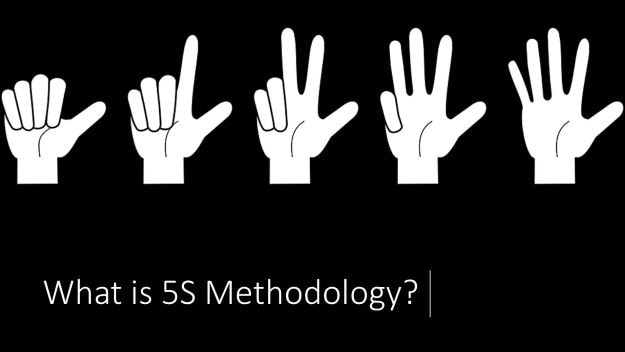It may sound like it is a given to incorporate these aspects into a business, but many fail to do so correctly. Implementing 5S allows the company to evaluate, monitor and change their company to suit these standards.
The 5S methodology stands for five primary 5S phases: Sorting (in Japanese: Seiri),, Streamlining workflow (in Japanese: Seiton), Systematic cleaning (in Japanese: Seiso), Standardizing (in Japanese: Seiketsu) and Sustaining (in Japanese: Shitsuke). Also known as- Sort, Set in Order, Shine, Standardize and Sustain.
In terms of 5S, Sort refers to a tagging system known as the “Red Tag Technique.” Using this rule, those that are not sure of the use of an item are meant to move the item and discuss its necessity, or get rid of it completely (if it is not required). Set in Order refers to every item having its designated spot, therefore nothing is out of place and everything that is in place has a role.
Shine refers to monitoring and keeping areas clean via continuous, or frequent, cleaning and inspection. Standardize means that the rules that have been implemented in hopes of keeping 5S working well, are required to be followed. Sustain refers to implementing 5S and the various techniques into a daily work schedule, thereby causing it to become habitual and stopping former disarray- habits from returning.
All kinds of businesses can benefit from using 5S methodology. It is most commonly found in the manufacturing industry sector, but is also very popular amongst professional services, government offices, hospitals, office areas, libraries, hotels, warehouses, departmental stores, city premises, transportation and more. This methodology is also ideal for using in office areas, especially those that have shared areas. Conference rooms benefit from using 5S since it helps contribute to the success of meetings.
5S focuses largely on the aesthetic aspect of a business, which helps raise efficiency, safety and simplicity. It can also be implemented in individual areas (such as certain open office areas, etc) and differ between rooms, which allows it to be more lenient and appreciated by those that see the necessity of implementing it.
Usually, Managers are in charge of regulating and evaluating 5S functioning. This helps make it a more credible action and gain momentum as well.
Follow Shruti on Twitter, YouTube, LinkedIn
#ProcessExcellence #ContinuousImprovement #BusinessProcessManagement #BPM #5S





















